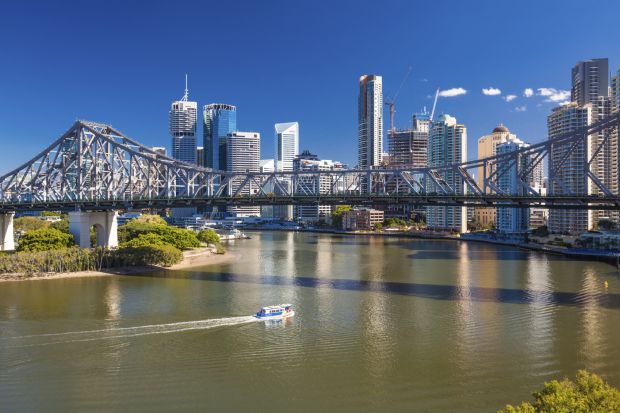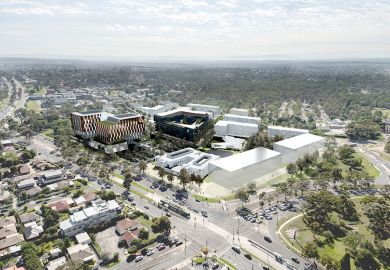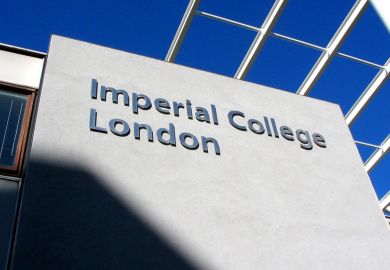Queensland’s Griffith University is the latest Australian institution to trade on the innate value of its land, as it overhauls its facilities and programmes.
In a new five-year strategic plan, Griffith flags its intention to jettison one of its campuses – Mount Gravatt, in Brisbane’s southern suburbs – as part of a A$1 billion (£530 million) infrastructure renewal.
The university’s criminology, psychology and education disciplines will be shifted to a newly constructed social science building at the nearby Nathan campus, the document says. This will enable more research integration with the sciences, which will be housed in a new building set for launch next year and consolidated in other “state-of-the-art” facilities at Nathan.
The move will also permit Griffith to “use our land more efficiently”, the plan says. “[It] will allow us to move out of the Mount Gravatt campus within the next five to seven years, after negotiating with the Queensland government for an alternative use.
“While Mount Gravatt has a proud history, particularly in educating teachers, it is no longer viable as a separate campus.”
Western Sydney University (WSU), Melbourne’s La Trobe, Adelaide’s Flinders and Perth’s Curtin universities have also unveiled or implemented plans to leverage their land – in WSU’s case, selling off some of its campuses – to finance large-scale infrastructure upgrades.
Griffith said its strategy was the product of nine months of consultation with staff, students, alumni and external stakeholders. The document outlines plans for research, teaching, engagement, staff development and physical and digital infrastructure in the lead-up to the university’s 50th birthday in 2025.
The strategy has been crafted to reinforce Griffith’s position as “a values-based university aligned to important societal issues such as sustainability, diversity, inclusion and social justice”, the university said.
The plan sets targets to halve carbon emissions, boost indigenous staff numbers and break into the world’s top 200 universities for implementation of the sustainable development goals. “We commit to living our values in the way we operate our university,” vice-chancellor Carolyn Evans said.
The infrastructure proposals include an “ambitious” development across the river from central Brisbane, in a move Professor Evans said would “create a front door to Griffith”. A “major new campus” will be built around the Queensland College of Art and Griffith Film School, at South Bank, and will host programmes in business, law, public policy, journalism and continuing professional development.
“It will make a visible statement about Griffith’s capacity and willingness to engage with the public and key economic, political and social players in Brisbane,” the plan says.
The document also flags developments at Griffith’s campuses at the Gold Coast, south of metropolitan Brisbane, and Logan in the city’s rapidly growing south-western fringe. Logan’s “considerable available space” will be better utilised through the creation of “a critical mass of users to allow for the provision of services such as childcare [and] food”, the plan says.
The proposals continue Griffith’s encroachment north, south and west of its southern suburbs birthplace. The Gold Coast campus, which boasted just 2,000 students when it amalgamated with the university in 1990, now hosts more enrolments than the foundation campus at Nathan.
“Our objective is to ensure that the future brings benefits to as many people as possible,” Professor Evans said.





